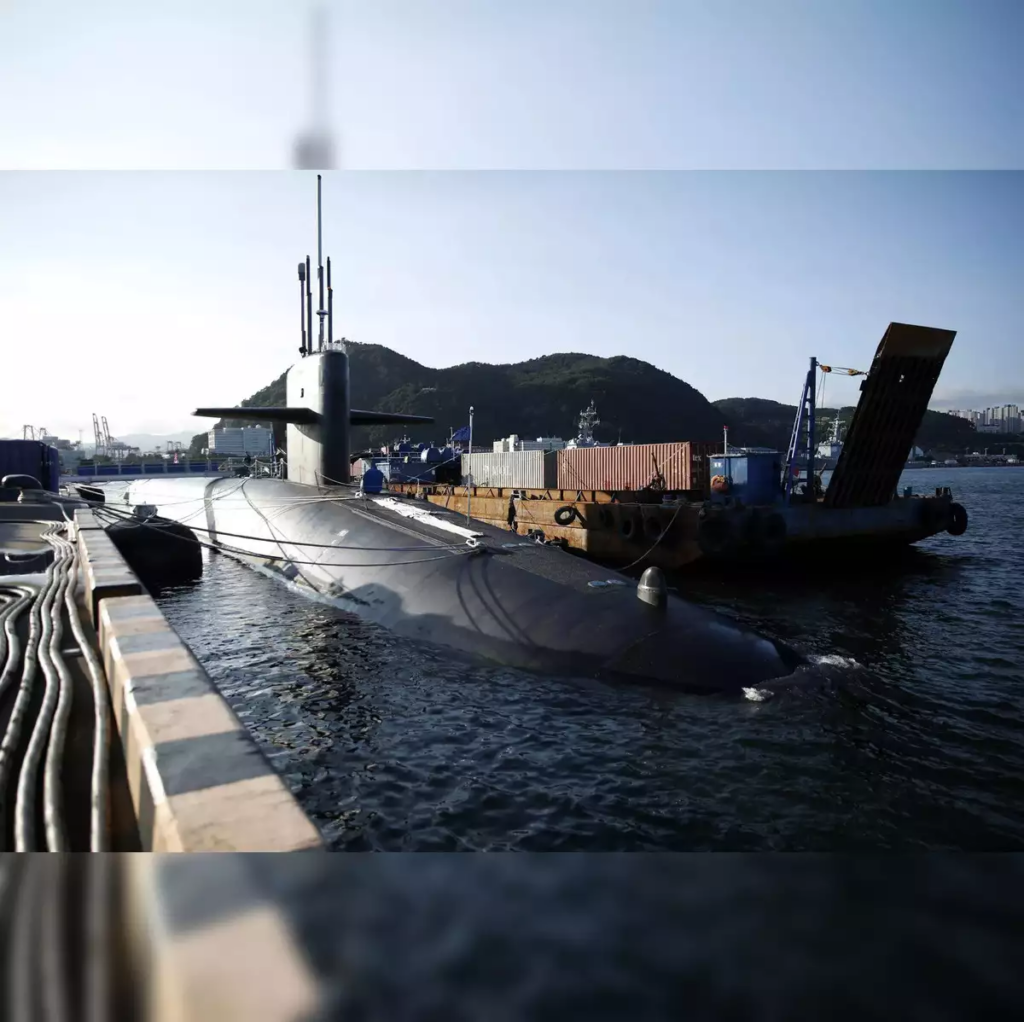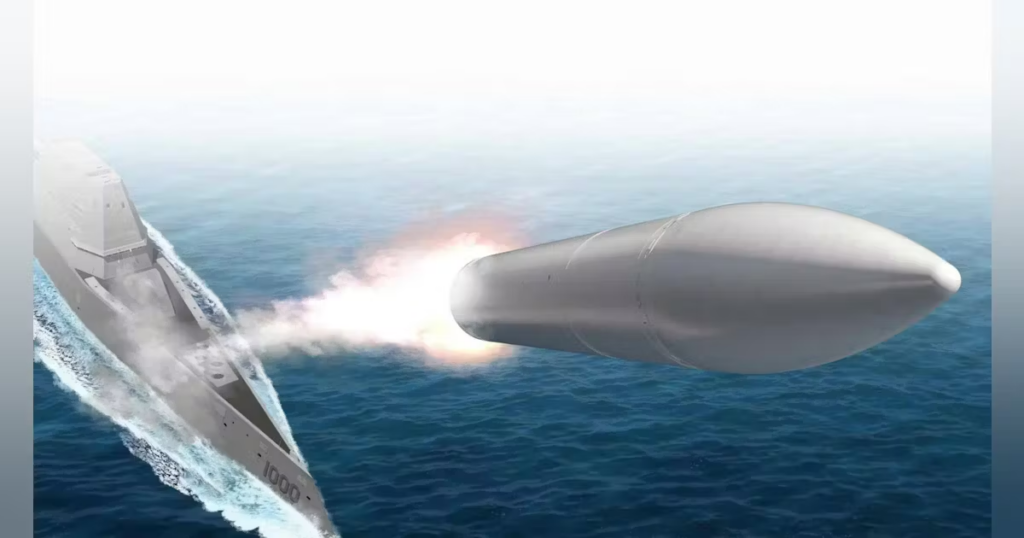
INTRODUCTION
Hypersonic submarines are advanced naval vessels capable of traveling at hypersonic speeds, which means they can move faster than Mach 5 (approximately 3,800 miles per hour or 6,100 kilometers per hour). These submarines would represent a revolutionary leap forward in stealth, speed, and offensive capability, combining the unmatched stealth of submarines with the speed of hypersonic travel.
While hypersonic technologies are already being developed for missiles and aircraft, applying them to submarines—which need to operate in the extreme conditions of the deep ocean—introduces a new set of challenges and opportunities.
KEY FEATURES
- Hypersonic Speed (Mach 5+)
- Hypersonic submarines would be able to travel faster than any current submersible or surface vessel, drastically reducing response times for critical military operations.
- Hypersonic speeds would allow these submarines to outmaneuver adversaries, especially in combat scenarios, making them harder to intercept or track.
- Stealth and Invisibility
- Traditional submarines rely on stealth to remain undetected, primarily using sonar-evasive techniques. A hypersonic submarine would add an extra layer of stealth by moving so quickly that it could evade detection before an adversary even has a chance to react.
- Speed and agility in the water would allow these submarines to avoid enemy tracking systems, making them extremely difficult to target.
- Advanced Propulsion Systems
- Hypersonic submarines would require cutting-edge propulsion systems to achieve such high speeds underwater. Potential systems include high-efficiency turbo-electric drives or advanced nuclear-powered turbines capable of generating the energy necessary for hypersonic speeds.
- Scramjet propulsion, which is used in some hypersonic missiles, could be adapted for underwater travel, although this would require further technological breakthroughs.
- Nuclear-Powered Engines
- Hypersonic submarines would likely need nuclear propulsion to achieve the sustained speeds necessary for long-distance travel and deep-water operations. Nuclear reactors could provide the immense power required to propel the vessel at hypersonic speeds without the need for frequent refueling.
- Advanced Materials
- To withstand the immense pressure, temperature, and speed requirements, these submarines would need to be made of advanced materials, potentially involving metamaterials or graphene, which are lighter, stronger, and more heat-resistant than conventional submarine materials.
- Versatile Mission Capability
- Offensive Capabilities: Hypersonic submarines could carry precision-guided hypersonic weapons, such as missiles or torpedoes, to strike at targets from an unprecedented range and speed.
- Surveillance: The speed of hypersonic submarines would make them excellent for rapid reconnaissance missions, scouting enemy territory in a fraction of the time it would take other vessels.
- Nuclear Deterrence: Equipped with nuclear weapons, hypersonic submarines could become key assets in a nation’s strategic deterrence strategy, allowing for retaliatory strikes even if other military assets are neutralized.

ADVANTAGES OF HYPERSONIC SUBMARINES
- Increased Speed and Reaction Time
- With the ability to travel at hypersonic speeds, these submarines could deploy weapons or react to threats much faster than any current naval assets. A hypersonic submarine could move across vast distances in a matter of hours, drastically reducing response times.
- Unmatched Stealth and Evasion
- Hypersonic submarines would combine the natural stealth of traditional subs with the high-speed evasion of hypersonic travel, making them far more difficult to detect and target. They would be able to outpace any conventional anti-submarine warfare (ASW) assets, like sonar-equipped ships or torpedoes.
- Long-Endurance Operations
- Thanks to nuclear propulsion, hypersonic submarines could remain submerged and operational for extended periods of time, enabling strategic advantages in terms of both offensive and defensive postures. This capability would allow for long-term, continuous missions without the need for frequent resupply or refueling.
- Enhanced Offensive Capabilities
- Equipped with hypersonic missiles or torpedoes, these submarines could strike targets with extreme speed and precision. The high velocity of these weapons would make interception and defense much harder for adversaries, giving the submarine a decisive edge in surprise attacks.
- Flexibility in Underwater and Surface Operations
- While primarily submerged, a hypersonic submarine could surface quickly if needed, combining the speed of surface vessels with the stealth of underwater operations, making it adaptable in multiple combat scenarios.
APPLICATIONS OF HYPERSONIC SUBMARINE
- Strategic Nuclear Deterrence
- Hypersonic submarines could serve as key elements in a nation’s nuclear deterrence strategy. Their speed and stealth would make them ideal platforms for carrying nuclear payloads, ensuring that second-strike capabilities are maintained even after a first strike.
- Rapid Response Forces
- These submarines could be deployed as a rapid-response force, capable of reaching any hotspot on the planet in a matter of hours, ready to conduct reconnaissance, surveillance, or strikes if needed.
- Advanced Underwater Warfare
- As a part of future naval warfare, hypersonic submarines could engage in complex battles in the depths of the oceans, where speed and stealth would give them a distinct advantage over traditional underwater forces.
- Global Reconnaissance and Intelligence Gathering
- The speed and ability to remain undetected make these submarines ideal for intelligence-gathering missions. They could be deployed to collect critical data in areas where other assets might be easily detected.
CHALLENGES AND LIMITATIONS
- Energy Requirements
- Achieving and maintaining hypersonic speeds underwater requires an enormous amount of energy. The technological demands for an efficient and compact propulsion system that can deliver such power for sustained durations are significant. Current technologies are not yet capable of supporting these extreme requirements.
- Material Limitations
- The materials used to build hypersonic submarines would need to endure high-speed travel underwater, intense water pressure, and potential heat buildup caused by friction. Existing submarine materials may not be sufficient for these conditions, requiring new research into advanced alloys and composites.
- Underwater Navigation and Control
- At hypersonic speeds, controlling a submarine in deep water with precision becomes much more challenging. The rapid movement through the water could make it difficult to maintain stability and direction, requiring advanced navigation systems and new control mechanisms.
- Detection and Countermeasures
- While hypersonic submarines would be harder to detect, rapid movements through water might generate noise or disturbances that could be tracked using advanced sonar technology. Moreover, existing defense systems, such as counter-hypersonic weapons or anti-submarine torpedoes, would need to evolve to keep up with these new threats.
